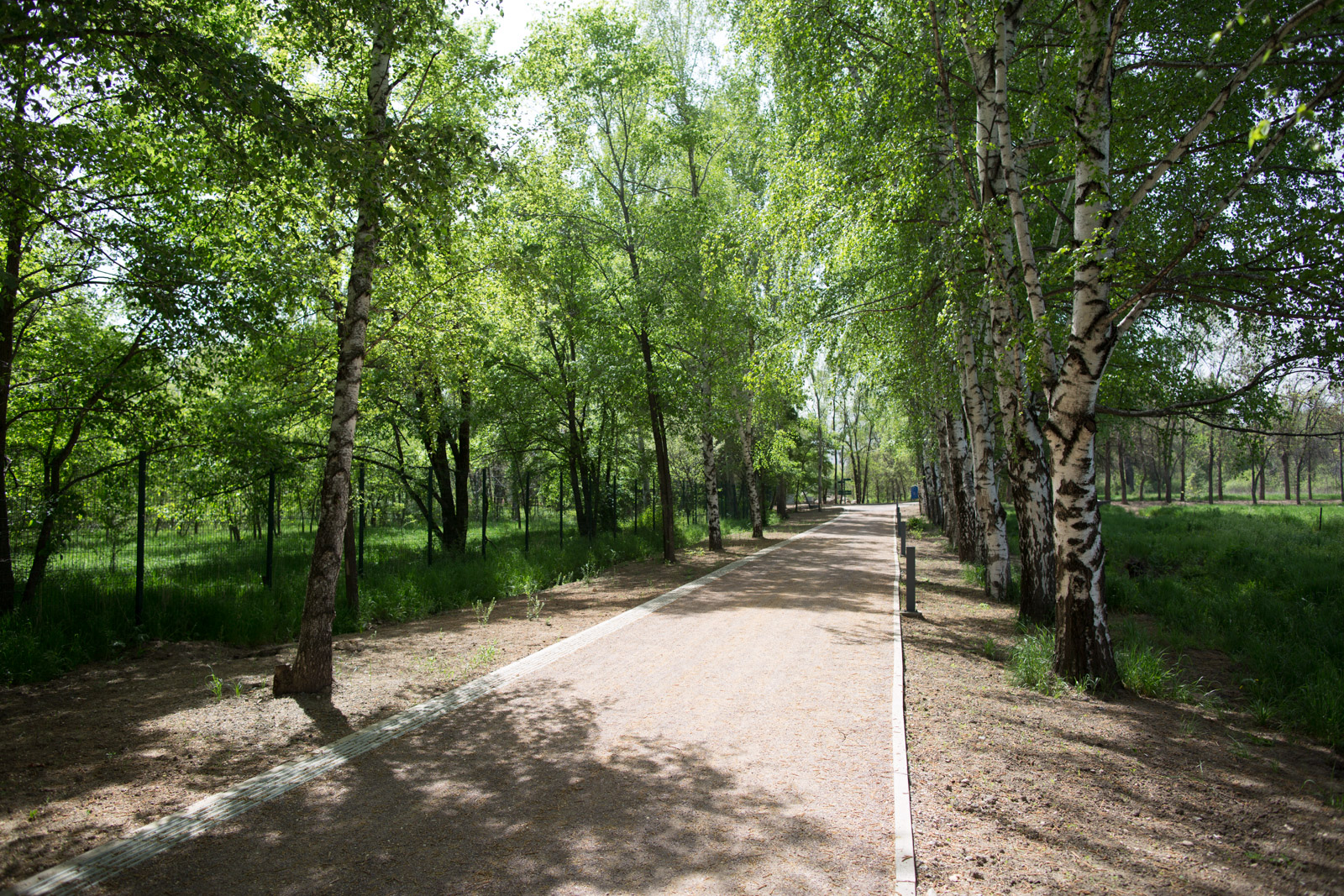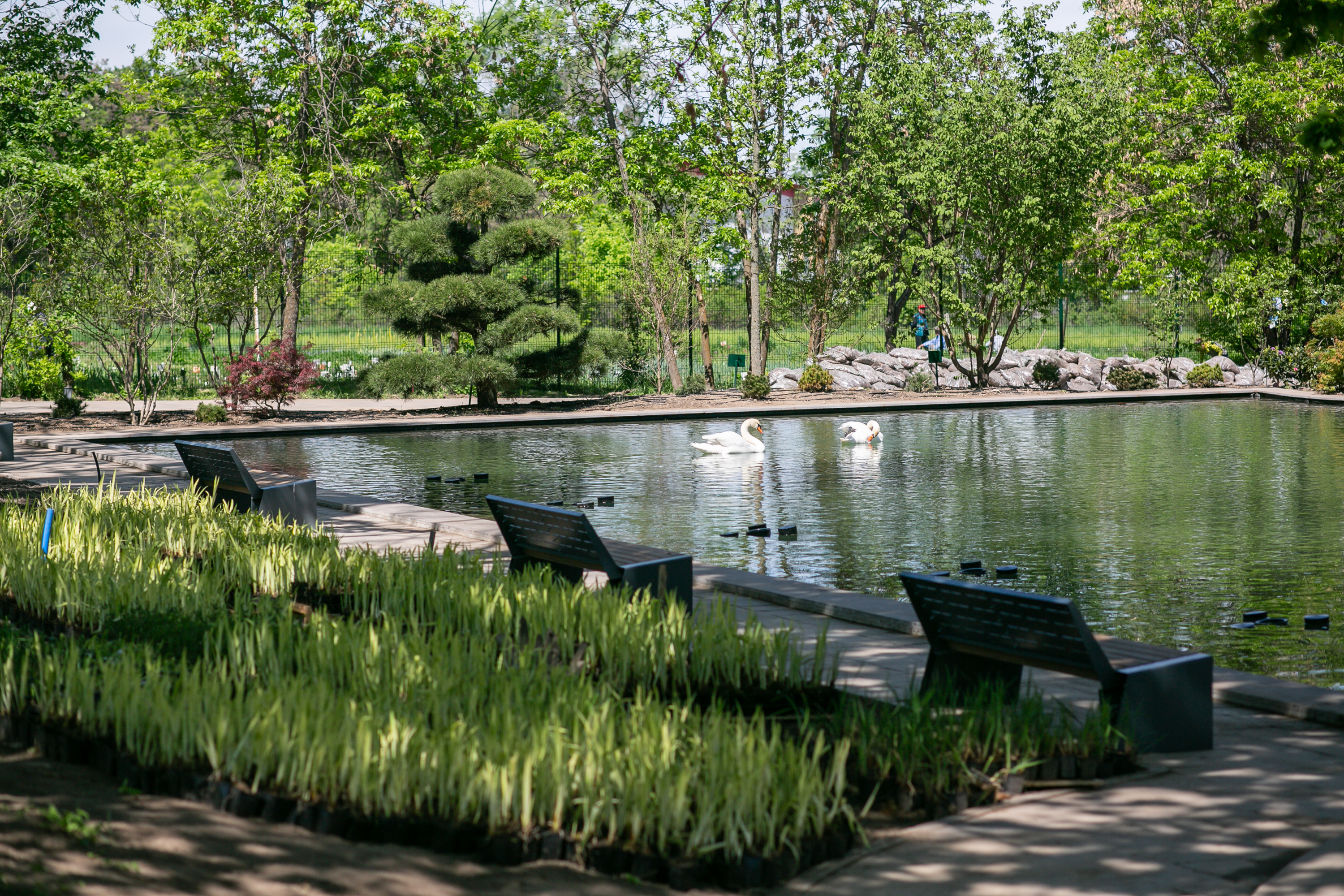The Bulat Utemuratov’s Foundation summarized the results of the Almaty Botanic Garden Reconstruction Project
Over 210 thousand persons visited the Almaty Botanic Garden within three months since its opening on June 15 after the reconstruction. For comparison: about 50 thousand persons visited the garden within 2017, which was the peak year in terms of attendance over the previous decade. The heads of the Foundation and the Institute of Botany and Phytointroduction summarized the results of the renovated garden operation and spoke about their future plans.
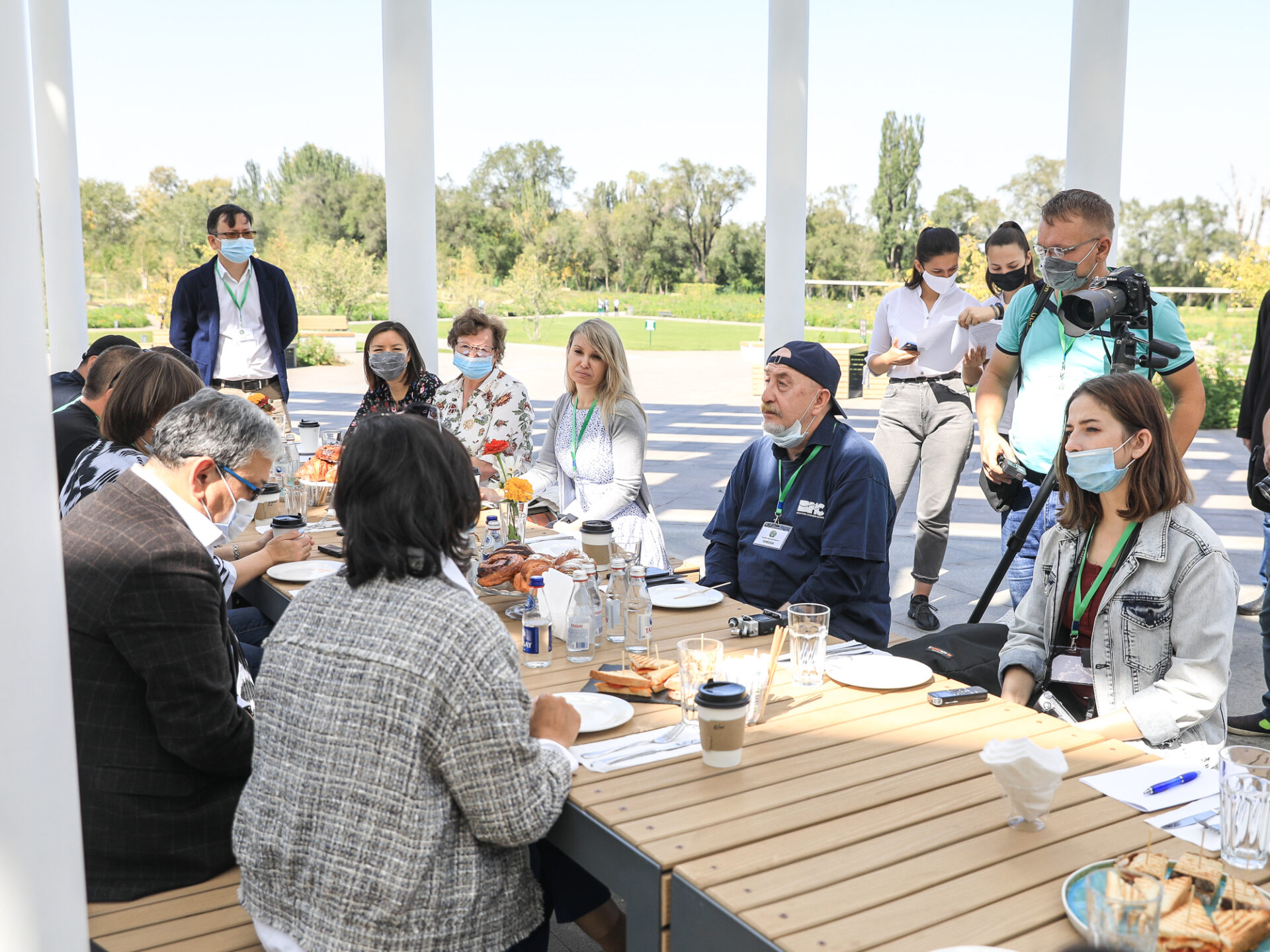
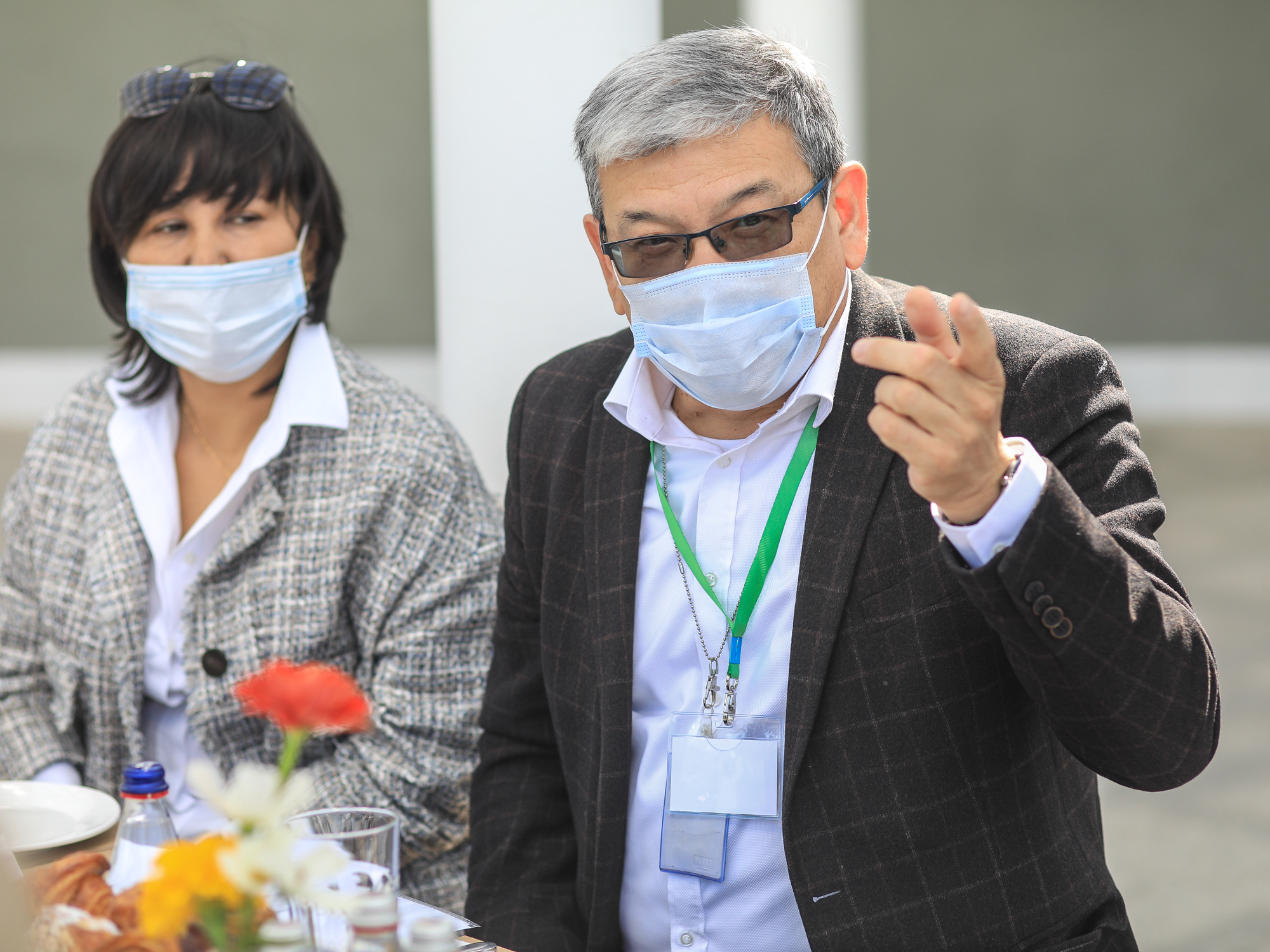
“We have mixed feelings about the reconstruction completion and transfer of the constructed facilities to the Institute of Botany and Phytointroduction,” said Marat Aitmagambetov, Director of the Bulat Utemuratov’s Foundation. “On the one hand, our team got used to the garden and we are sad that the project has finished. On the other hand, we are proud that we have implemented it and made such a wonderful gift to Almaty residents. We really hope that the guests will take into account the status of a specially protected natural area and take good care of the garden. In this difficult summer during the restrictions due to the pandemic, the garden became a way of escaping for Almaty residents, who had the opportunity to spend time here with their families in the open air, in natural environment, in the very center of the busy city.”
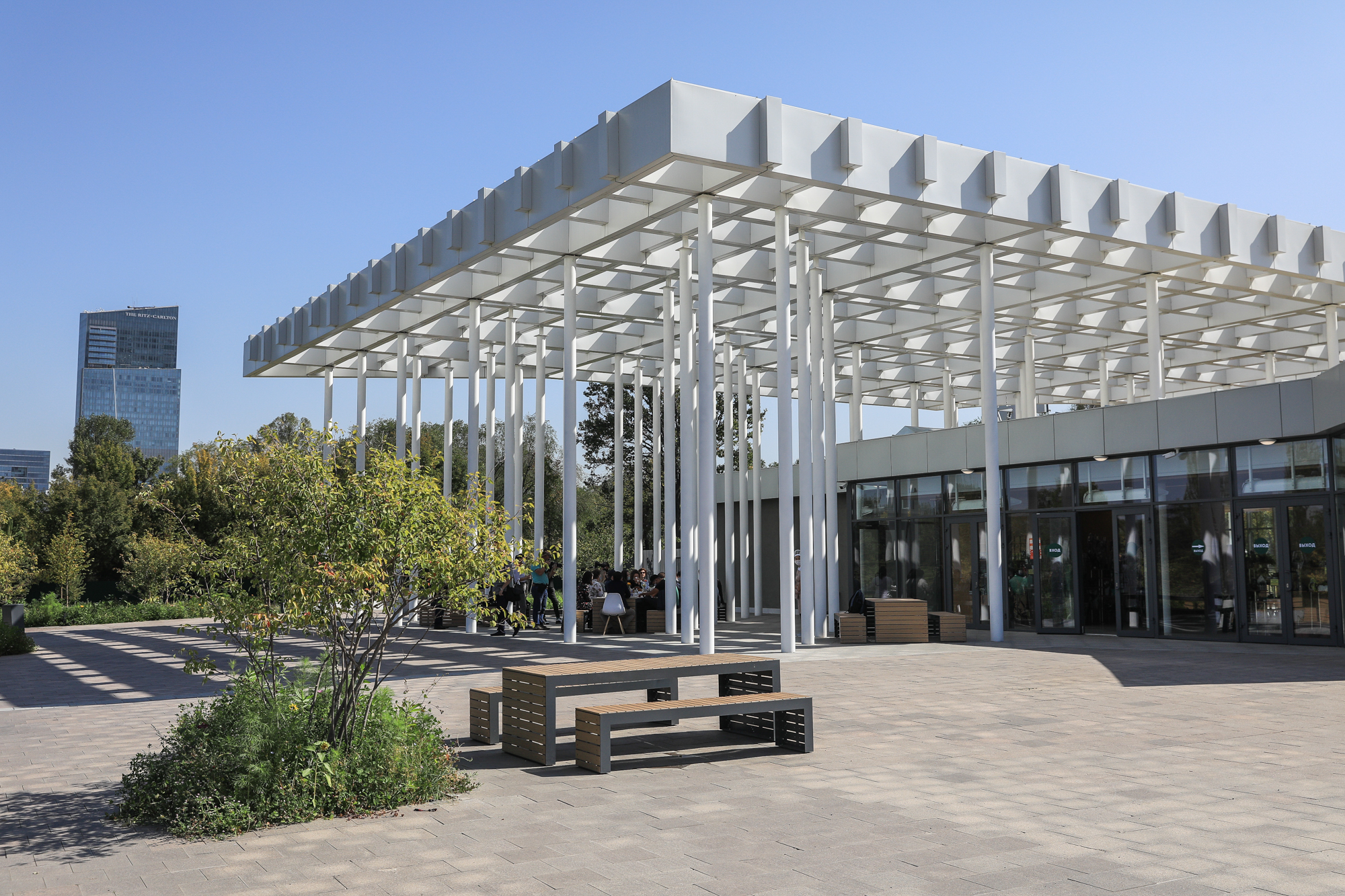
Almaty residents and guests highly appreciated the renovations in the Botanic Garden, its popularity as a place for walking has increased highly after the reconstruction. It has become much more attractive with beautiful modern entrance pavilions, renovated roads and paths, new trees, fields and alleys of flowering perennials and grasses, ponds with clear water, navigation boards and signposts, garden furniture, infrastructure for the handicapped, bottom lighting of roads. Visitors were especially fond of the new southern parterre with fields of herbs, three ponds and a pergola, and sun loungers for rest. Artists regularly hold plein airs here. Another place of attraction is the pond at the beginning of the Main Alley, which is inhabited with swans and Japanese kois, 180 of the original species of which have already spawned several times and now make up a large colony together with their offspring, which points to ideal conditions of keeping. In the pavilions, guests can buy indoor flowers and souvenirs with the symbols of the Botanic Garden.

Scientific and educational work remains the main task of the Botanic Garden. Gulnara Sitpayeva, Director of the Institute of Botany and Phytointroduction, shared her plans: “We are expanding our scientific activities, in particular, we will conduct an introduction analysis of about 500 new taxa planted as part of the reconstruction in order to identify promising forms, varieties and species for landscaping Almaty and other cities of the country. We will test new trees and shrubs, perennials, and create experimental nursery gardens to develop the technologies for accelerated reproduction. We plan to create a biotechnological laboratory, carry out molecular genetic studies and certification of our flora, compile annotated lists and guidelines for planting plants, and much more. As for the visitors’ leisure time, we will diversify it with an interesting and extensive cultural and educational program. We plan to conduct a plant fair, popularize science through guided tours in three languages, introduce educational and developmental master classes, organize open-air musical evenings and art exhibitions. The Institute also develops programs for working with volunteers from among active Almaty residents. The staff of security and administrative personnel of the pavilions was increased for the comfort of visitors and order and public safety maintenance“
The Almaty Botanic Garden Reconstruction project was initiated in 2018 by the Bulat Utemuratov’s Foundation at the request of the Institute of Botany and Phytointroduction. The goal of the project was the careful restoration of the botanic garden with preservation of integrity and distinctive character of its territory, modernization of the infrastructure and augmentation of green fund. Its total cost was 15 mln US Dollars.
Within the scope of reconstruction, 174.3 th. new plants, including rare species and exclusive varieties were planted in the garden, namely, over 1,300 new trees (various varieties of pine, thuja, cherry, apple, pear, plum trees, oak, maple, birch, linden), 40 th. bushes, 130 th. grasses and plurannual, 3 th. roses. The sprinkling and irrigation system was restored: two new artesian wells with a capacity of 40 cubic meters per hour each were drilled, the throughput capacity of two existing wells was increased from 20 to 25 cubic meters per hour, a water intake facility with a volume of 600 cubic meters of water per day from the Kerenkulak river was laid, a 13-kilometer irrigation canal was renewed, drip irrigation and auto-irrigation systems were laid, six ponds were restored and re-created. To transform the Botanic Garden into modern, comfort and environment-oriented area, its open zones were cardinally revised. Three new entrance pavilions with electronic ticketing systems and gift shops and cafeterias were erected. The northern parterre with a “dry” fountain and a pond with aquatic plants was renewed; sakura trees and flowers were planted along the contour. The southern parterre was created in the submontane part of the garden instead of the waste ground; there are three ponds, pergola and miscellaneous herbs field. Roads were renewed throughout the Botanic Garden; their total area exceeded 50 thousand square meters. 250 new benches, 1,500 bottom lamps, as well as 130 video surveillance cameras were installed in the parterres and along the roads to ensure visitors’ safety. For comfort orientation in the garden territory and plants study, the direction signs and information plates as well as the mobile application already available for Android iOS as an information guide on plants collections are provided for. Special attention was given to availability of all areas of the botanic garden for handicapped groups. Convenient wheelchair ramps were constructed; tactile paths were laid; there are special toilet rooms in the pavilions.

